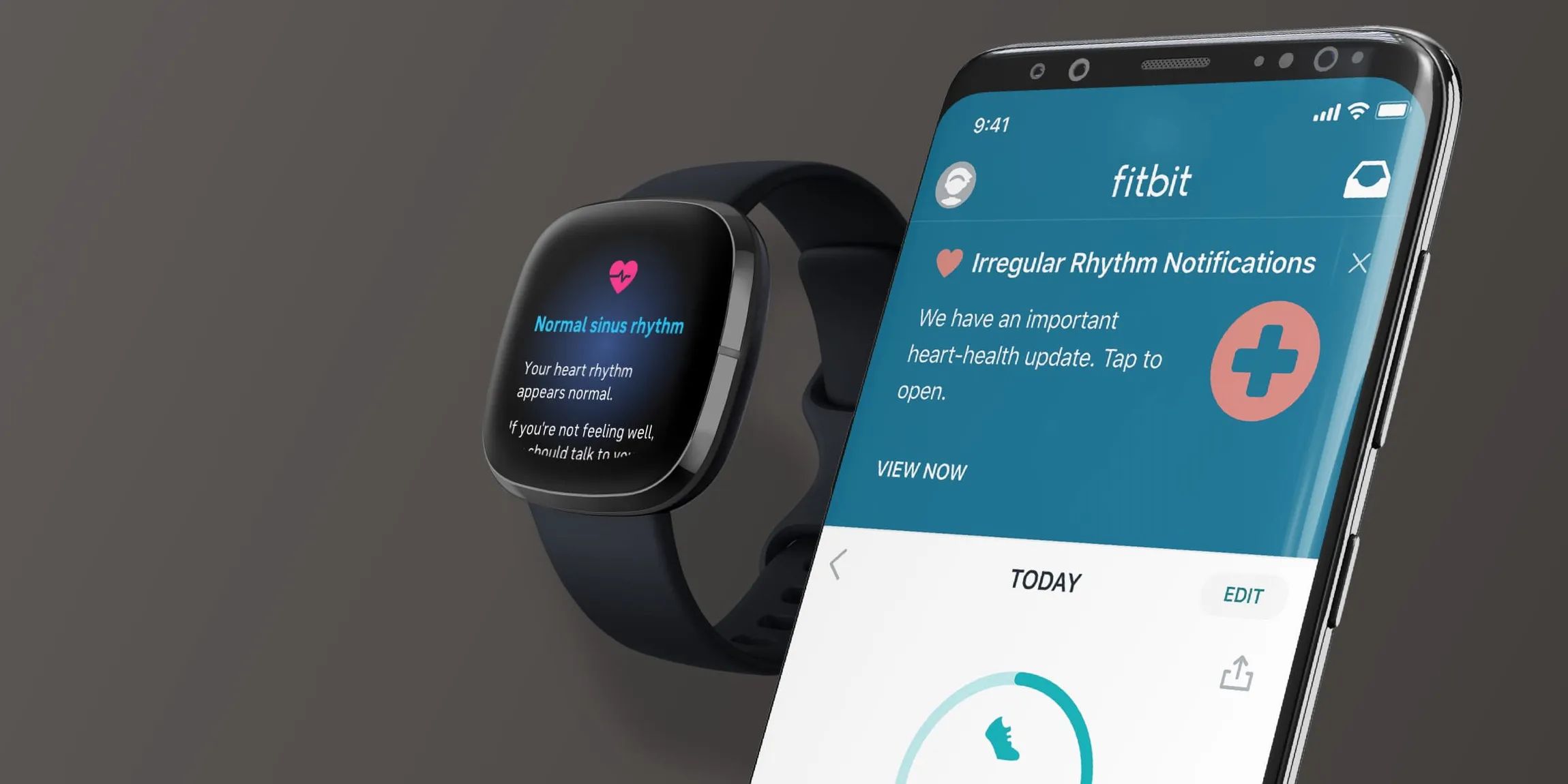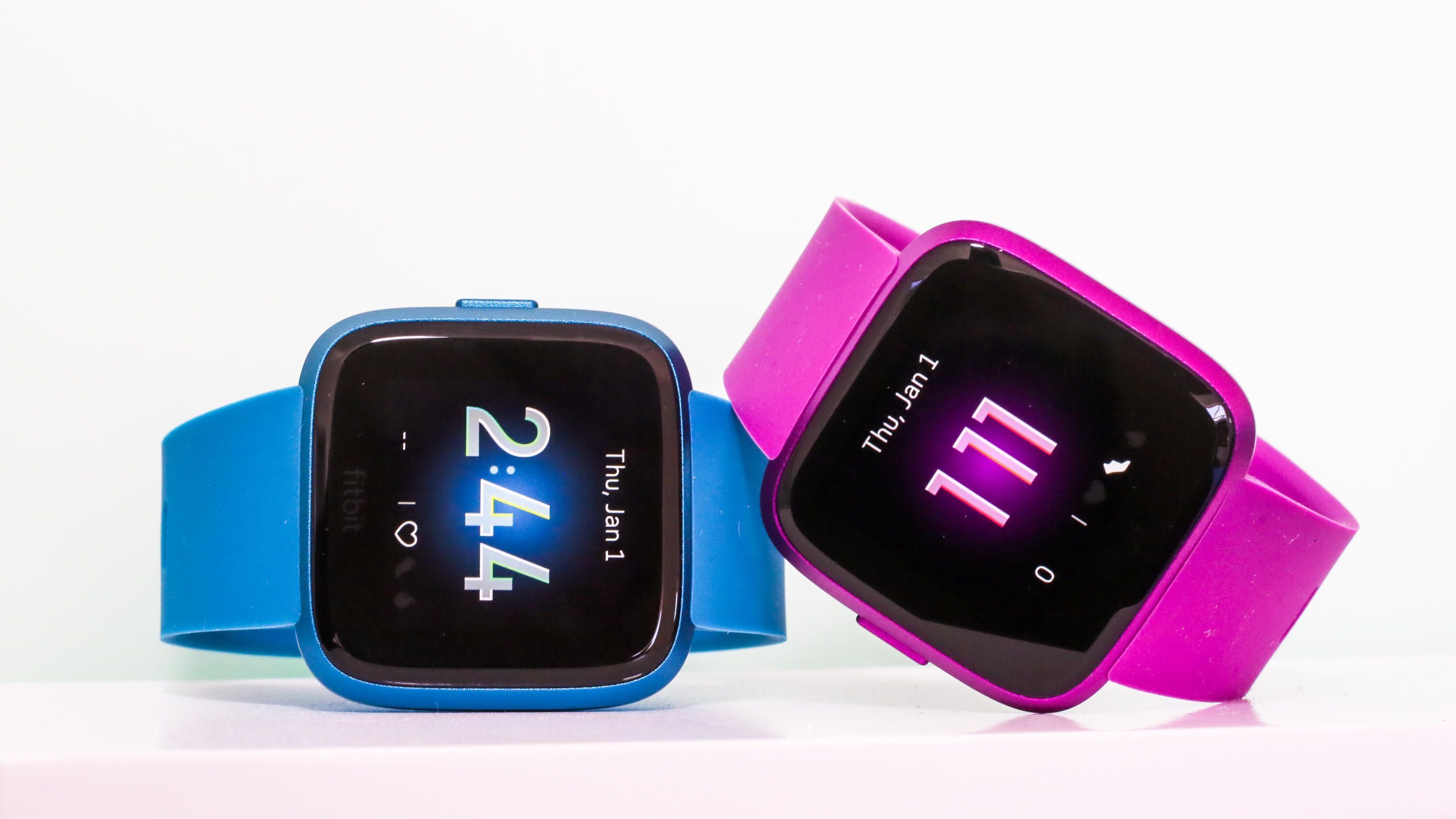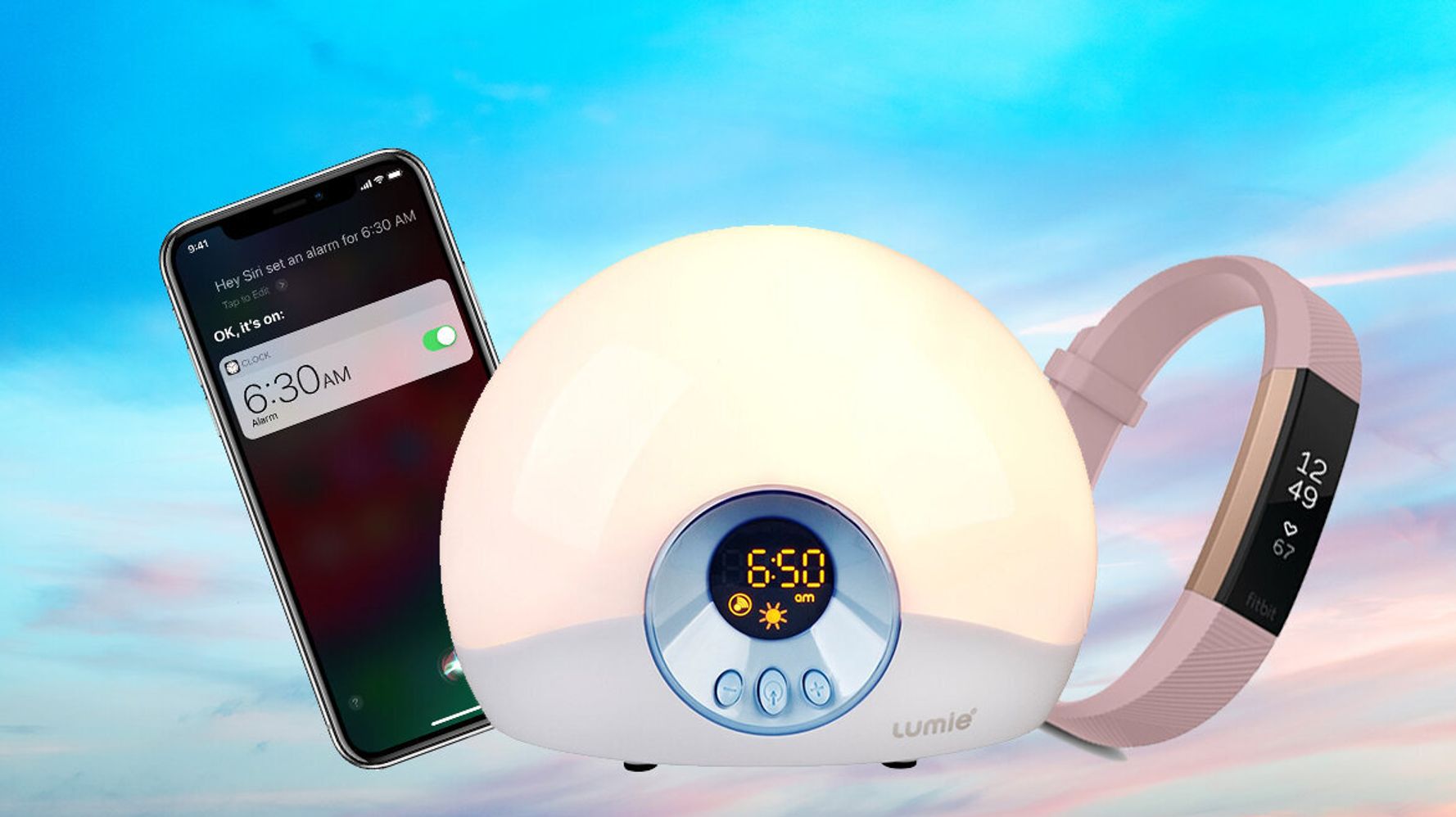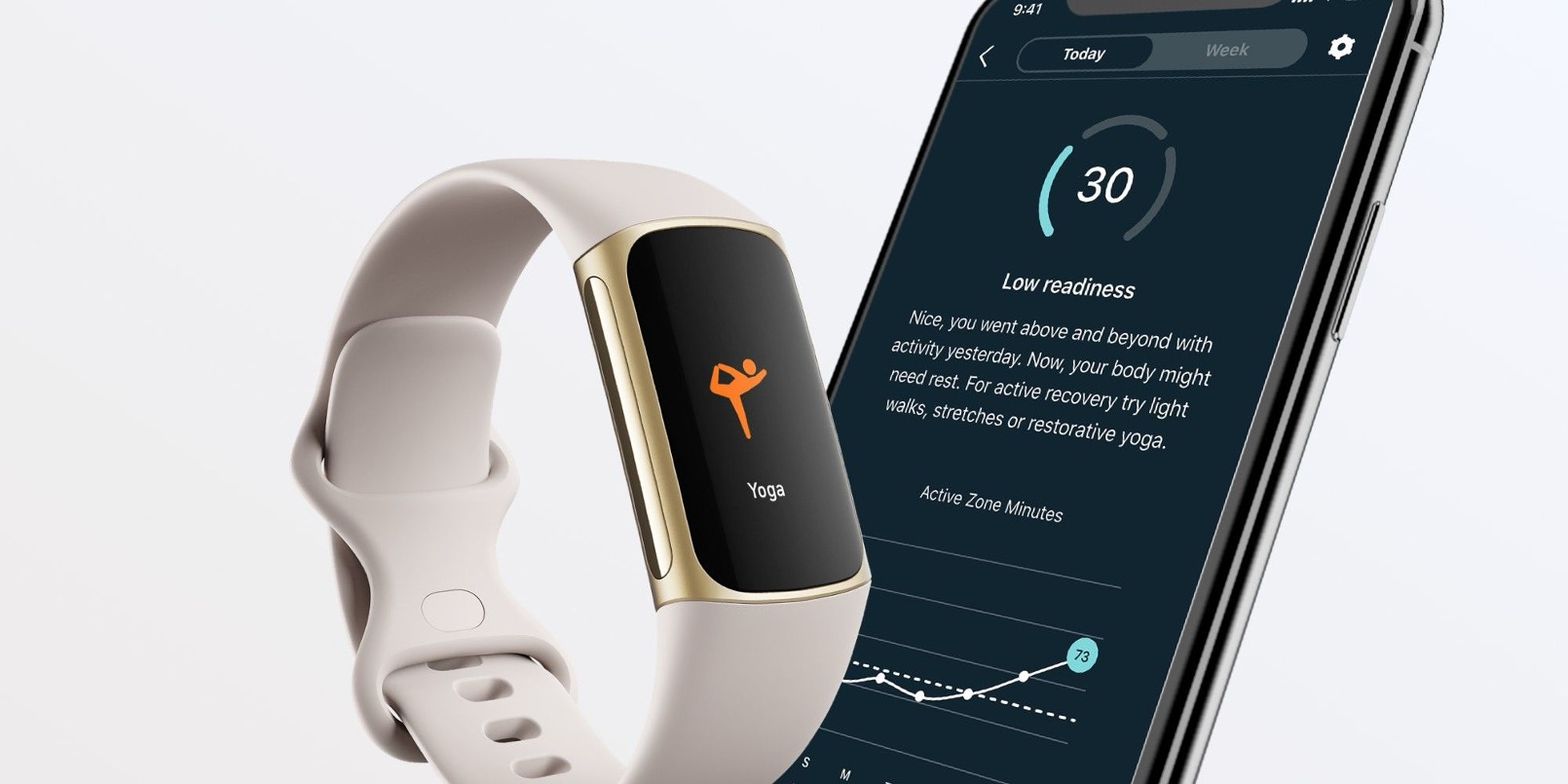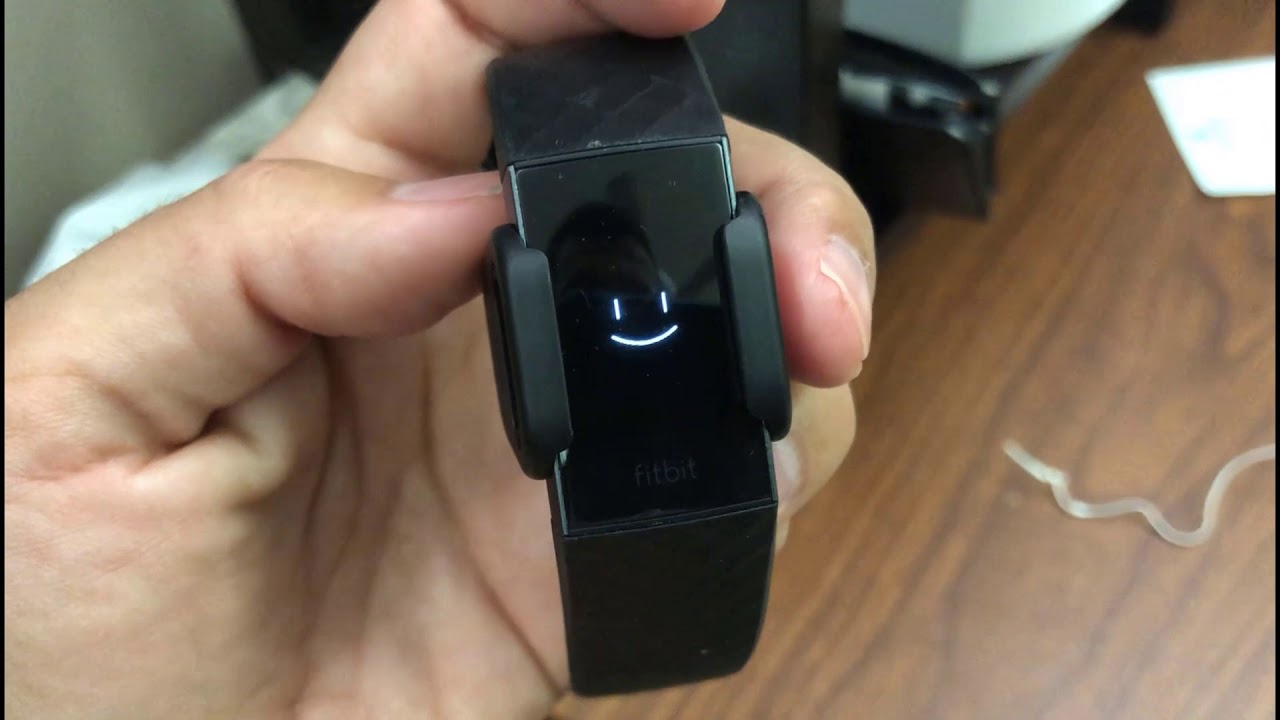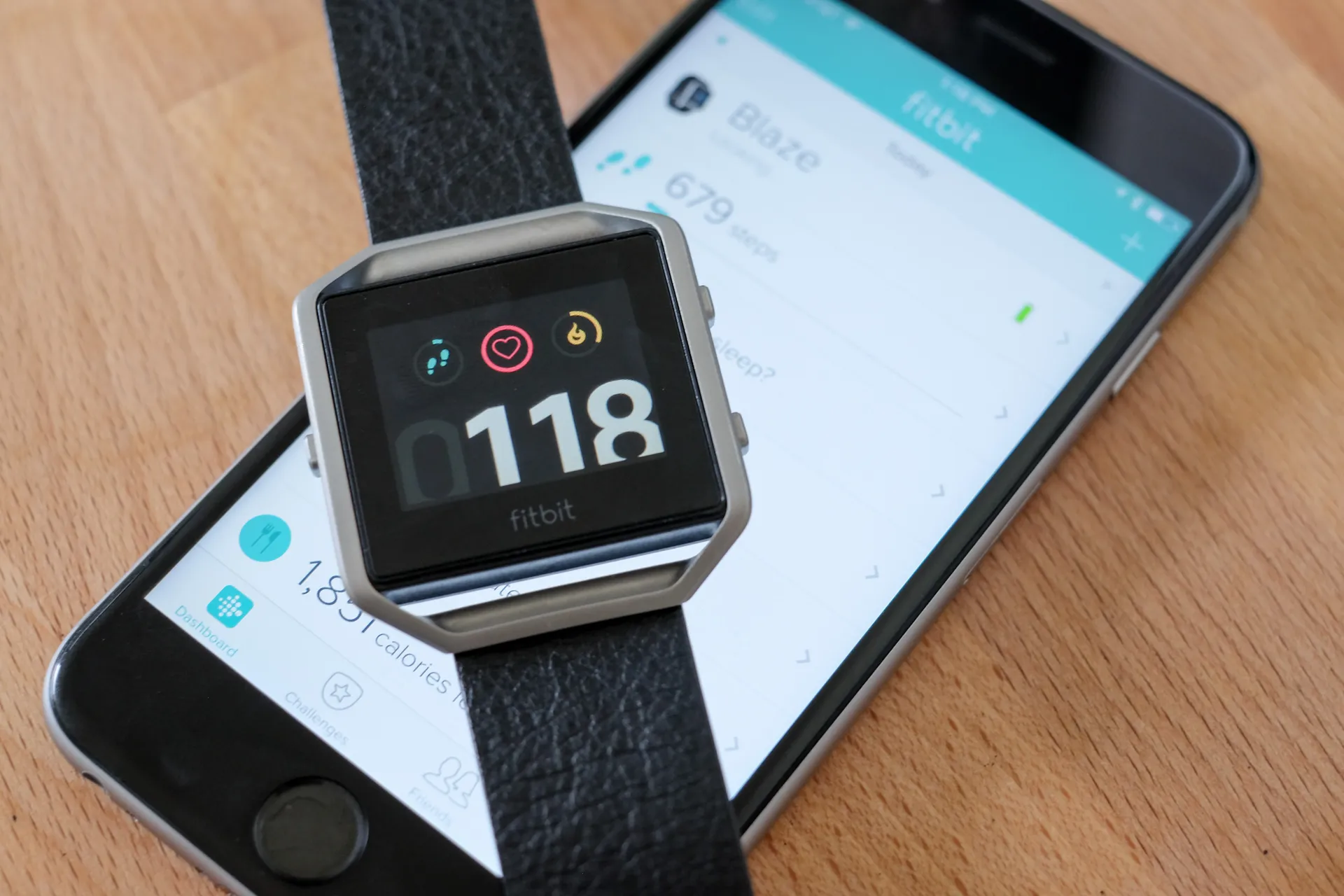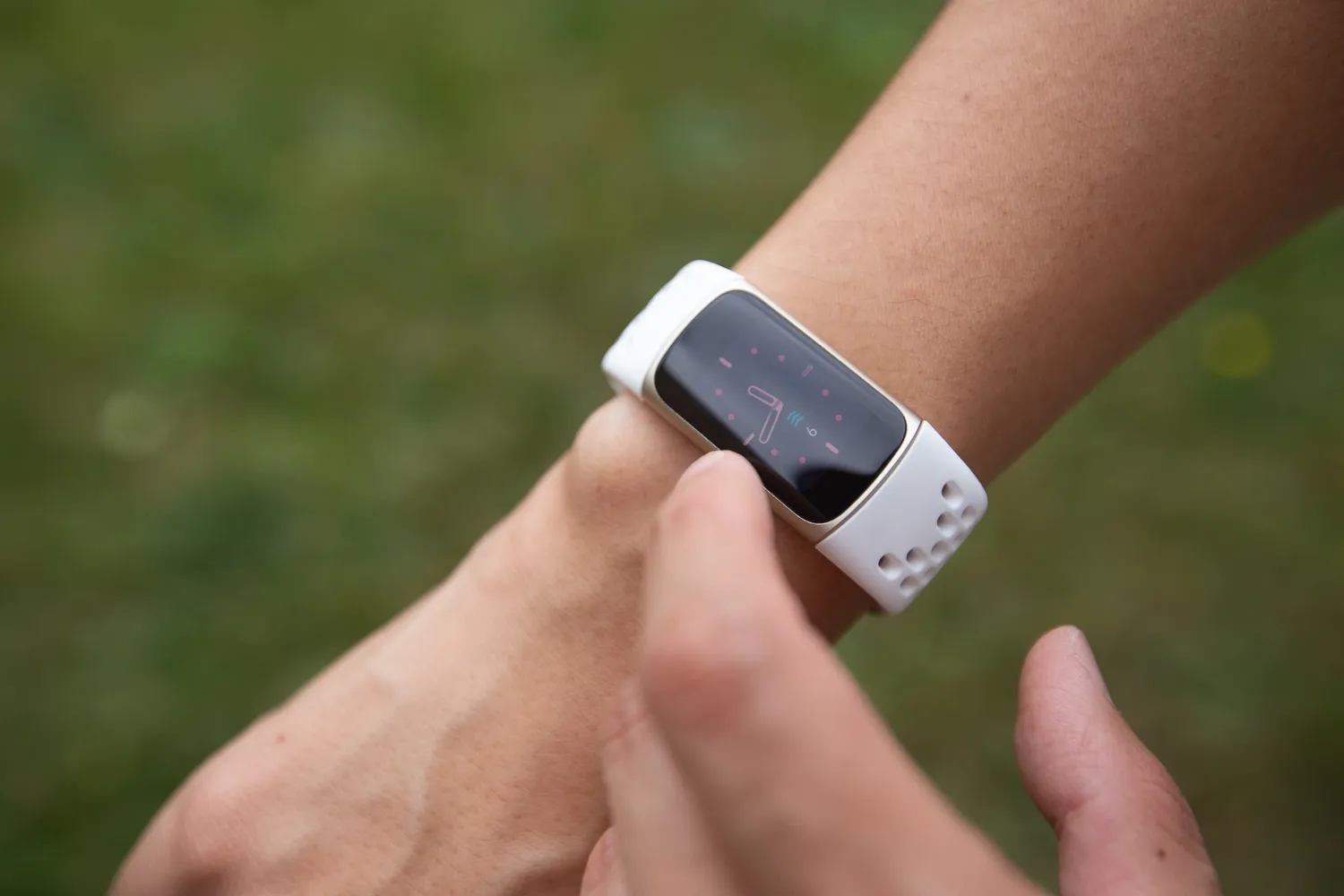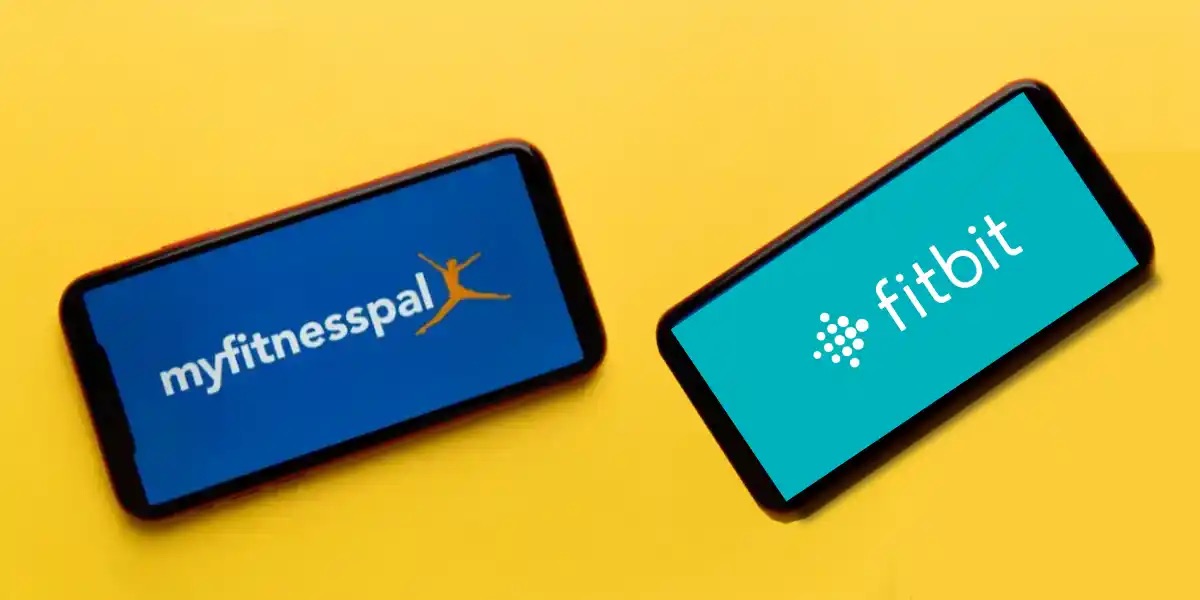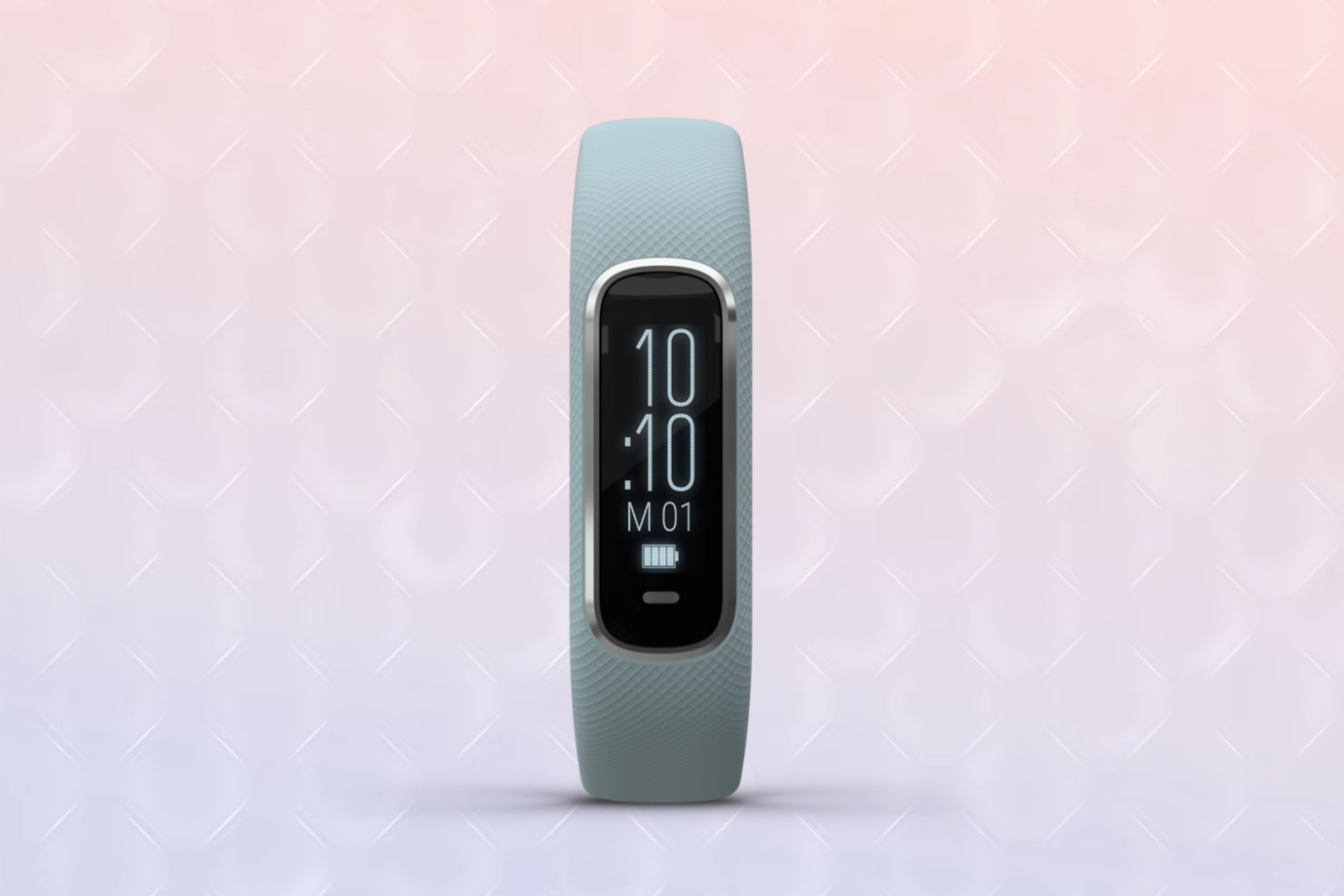Introduction
Fitbit has revolutionized the way we approach health and fitness by seamlessly integrating wearable technology into our daily lives. With its sleek designs and advanced features, Fitbit has become a go-to choice for individuals looking to monitor their physical activity, sleep patterns, and overall well-being. One of the key functionalities that users value is the ability to receive notifications directly on their Fitbit devices. Whether it's incoming calls, text messages, or app alerts, the convenience of having these notifications at a glance is invaluable.
However, there are instances when your Fitbit might not be providing notifications as expected. This can be frustrating, especially when you rely on these alerts to stay connected and informed throughout the day. The good news is that there are several troubleshooting steps you can take to address this issue and get your Fitbit notifications back on track.
In this comprehensive guide, we will delve into the various factors that could be causing your Fitbit to stop delivering notifications. From checking your Fitbit settings to troubleshooting the Bluetooth connection and updating the Fitbit software, we will explore the step-by-step process to identify and resolve the underlying issues. Additionally, we will discuss the option of reinstalling the Fitbit app and, if needed, reaching out to Fitbit support for further assistance.
By the end of this guide, you will have a clear understanding of how to troubleshoot notification issues with your Fitbit, ensuring that you can make the most of this innovative wearable technology. Let's embark on this troubleshooting journey to uncover the solutions that will reignite the seamless notification experience on your Fitbit device.
Checking Fitbit Settings
Before delving into more complex troubleshooting steps, it's essential to start with the basics. Checking your Fitbit settings can unveil potential reasons behind the notification issue. Here's a comprehensive walkthrough to ensure that your Fitbit settings are optimized for seamless notification delivery:
-
Fitbit Mobile App: Open the Fitbit mobile app on your smartphone and navigate to the device settings. Ensure that the notifications feature is enabled for the specific apps or services from which you expect to receive alerts. This includes calls, texts, calendar events, and app notifications. Verify that the relevant toggles are switched on to allow these notifications to be pushed to your Fitbit device.
-
Do Not Disturb Mode: Check if the Do Not Disturb mode is activated on your Fitbit. This mode, if enabled, can suppress notifications from reaching your device during specific hours or when you're active. Adjust the Do Not Disturb settings to align with your preferences, ensuring that it doesn't hinder the delivery of important notifications.
-
Notification Settings: Explore the notification settings within the Fitbit app to review the specific preferences for each type of notification. You may have inadvertently muted certain types of alerts, so it's crucial to verify that the notification settings align with your desired notification experience.
-
App Permissions: Confirm that the Fitbit app has the necessary permissions to access notifications on your smartphone. In some cases, restrictive app permissions can impede the flow of notifications to your Fitbit device. Grant the required permissions to the Fitbit app to ensure unrestricted access to notifications.
-
Device-Specific Settings: Depending on the model of your Fitbit device, there may be additional device-specific settings that impact notification delivery. Familiarize yourself with the settings unique to your Fitbit model and ensure that they are optimized for receiving notifications.
By meticulously reviewing and adjusting these Fitbit settings, you can potentially address the notification issue without delving into more intricate troubleshooting procedures. These settings serve as the foundation for a seamless notification experience on your Fitbit device, making it essential to verify their configuration before proceeding to other troubleshooting steps.
Troubleshooting Bluetooth Connection
A critical aspect of ensuring seamless communication between your smartphone and Fitbit device is the Bluetooth connection. When encountering notification issues, it's imperative to troubleshoot the Bluetooth connection to identify and resolve any potential disruptions. Here's a detailed exploration of the troubleshooting steps for addressing Bluetooth-related concerns:
-
Toggle Bluetooth On and Off: Begin by accessing the Bluetooth settings on your smartphone and turning off the Bluetooth functionality. After a few moments, re-enable Bluetooth to initiate a fresh connection attempt between your smartphone and Fitbit device. This simple action can sometimes rectify minor connectivity glitches.
-
Restart Devices: Restart both your smartphone and Fitbit device to initiate a clean slate for the Bluetooth connection. Power cycling the devices can clear temporary data and re-establish a stable connection, potentially resolving any underlying Bluetooth issues.
-
Check Bluetooth Range: Ensure that your Fitbit device is within the optimal Bluetooth range of your smartphone. Bluetooth connectivity can be affected by physical barriers and distance, so bringing the devices closer together can enhance the stability of the connection.
-
Clear Paired Devices: If you have previously paired your Fitbit device with multiple smartphones, it's advisable to clear out any unnecessary pairings. This can be done by accessing the Bluetooth settings on your Fitbit device and removing any outdated or redundant pairings, streamlining the connection process.
-
Update Bluetooth Drivers: For your smartphone, ensure that the Bluetooth drivers are up to date. Manufacturers often release updates to improve Bluetooth stability and performance, so keeping your smartphone's software current can positively impact the Bluetooth connection with your Fitbit device.
-
Reset Bluetooth Settings: If persistent Bluetooth issues are encountered, consider resetting the Bluetooth settings on your smartphone. This action can clear any lingering connectivity issues and provide a fresh start for establishing a robust Bluetooth link with your Fitbit device.
By meticulously addressing the Bluetooth connection, you can eliminate potential barriers that may be impeding the seamless delivery of notifications to your Fitbit device. This troubleshooting process focuses on optimizing the foundational link between your smartphone and Fitbit, setting the stage for a reliable and uninterrupted notification experience.
Through these targeted Bluetooth troubleshooting steps, you can enhance the connectivity between your smartphone and Fitbit device, paving the way for consistent and timely delivery of notifications to enrich your wearable technology experience.
Updating Fitbit Software
Ensuring that your Fitbit device is running the latest software version is crucial for maintaining optimal performance and resolving potential issues, including notification-related concerns. By updating the Fitbit software, you can leverage the latest enhancements and bug fixes that may directly impact the delivery of notifications to your device. Here's a detailed exploration of the steps involved in updating the Fitbit software:
-
Check for Updates: Open the Fitbit mobile app and navigate to the device settings. Look for the option to check for software updates for your Fitbit device. If an update is available, follow the on-screen prompts to initiate the update process. It's essential to have a stable internet connection during this update to ensure a seamless installation.
-
Automatic Updates: Some Fitbit devices offer the option for automatic software updates. If this feature is available for your device, consider enabling it to streamline the update process. Automatic updates can ensure that your Fitbit device always runs the latest software without requiring manual intervention.
-
Release Notes: Before proceeding with the software update, it's beneficial to review the release notes provided by Fitbit. These notes detail the improvements and fixes included in the update, offering valuable insights into how the update may impact the performance and functionality of your Fitbit device.
-
Battery Level: Ensure that your Fitbit device has an adequate battery level before initiating the software update. It's advisable to have the device charged or connected to a power source during the update process to prevent any interruptions due to low battery.
-
Troubleshooting Post-Update: After the software update is complete, monitor the performance of your Fitbit device, specifically focusing on the notification delivery. If the update successfully addresses the notification issue, you can proceed with confidence, knowing that your Fitbit device is running the latest software for an optimized user experience.
Updating the Fitbit software serves as a proactive measure to address potential software-related impediments that may affect the notification delivery. By staying vigilant about software updates and ensuring that your Fitbit device is consistently running the latest software version, you can fortify the foundation for a seamless and reliable notification experience on your wearable device.
Reinstalling Fitbit App
Reinstalling the Fitbit app can serve as a strategic troubleshooting step to address persistent notification issues and restore seamless communication between your smartphone and Fitbit device. By performing a clean reinstall, you can effectively reset the app's configuration and potentially eliminate any underlying software glitches that may be impeding the notification delivery. Here's a detailed exploration of the steps involved in reinstalling the Fitbit app:
-
Uninstall Fitbit App: Begin by locating the Fitbit app on your smartphone and initiating the uninstallation process. This can typically be done by pressing and holding the app icon, then selecting the option to uninstall or delete the app. Alternatively, you can navigate to the app settings on your smartphone and uninstall the Fitbit app from the list of installed applications.
-
Clear App Data and Cache: After uninstalling the Fitbit app, it's advisable to clear any residual data and cache associated with the app. This can be done through the app settings or the storage settings on your smartphone. By clearing the app data and cache, you ensure that the subsequent installation occurs on a clean slate, minimizing the potential for lingering issues to persist.
-
Restart Smartphone: Once the Fitbit app is uninstalled and its data and cache are cleared, restart your smartphone to initiate a fresh start. Power cycling your smartphone can clear temporary data and refresh the system, creating an optimal environment for the subsequent installation of the Fitbit app.
-
Download and Install Fitbit App: Proceed to the app store on your smartphone and search for the Fitbit app. Download the app and follow the on-screen prompts to install it on your device. Ensure that you grant the necessary permissions during the installation process to allow the Fitbit app to function seamlessly.
-
Sign In and Sync Fitbit Device: Upon reinstalling the Fitbit app, sign in with your Fitbit account credentials and proceed to sync your Fitbit device with the app. This synchronization process establishes a secure connection between your Fitbit device and the app, enabling the seamless transmission of notifications to your wearable device.
By meticulously executing the process of reinstalling the Fitbit app, you can reset the app's configuration and potentially resolve any underlying software issues that may have been hindering the notification delivery. This strategic troubleshooting step aims to create a clean and optimized environment for the Fitbit app, setting the stage for a reliable and uninterrupted notification experience on your Fitbit device.
Contacting Fitbit Support
If you've diligently followed the preceding troubleshooting steps and are still encountering persistent notification issues with your Fitbit device, reaching out to Fitbit support can provide valuable assistance in resolving the underlying concerns. Fitbit's dedicated support channels are designed to offer personalized guidance and technical expertise to address a wide range of device-related issues, including notification disruptions. Here's a detailed exploration of the process of contacting Fitbit support and leveraging their expertise to troubleshoot and resolve notification-related challenges.
1. Accessing Support Resources:
Begin by visiting the official Fitbit website or accessing the Fitbit app to explore the available support resources. Fitbit offers comprehensive support documentation, including troubleshooting guides, FAQs, and community forums where users can seek insights from fellow Fitbit enthusiasts. These resources often contain valuable insights and solutions for addressing common notification issues, making them a valuable first point of reference.
2. Live Chat and Email Support:
Fitbit provides live chat and email support options, allowing users to directly engage with Fitbit's support representatives. The live chat feature offers real-time assistance, enabling users to convey their notification concerns and receive immediate guidance from knowledgeable support agents. Alternatively, users can opt to communicate with Fitbit support via email, providing a detailed overview of their notification issues for personalized troubleshooting.
3. Phone Support:
For users who prefer direct communication, Fitbit offers phone support, allowing individuals to speak with support agents to articulate their notification challenges. This interactive support channel enables users to receive step-by-step guidance tailored to their specific Fitbit device and notification setup, fostering a collaborative approach to issue resolution.
4. Detailed Description of Notification Issues:
When contacting Fitbit support, it's essential to provide a comprehensive description of the notification issues you are experiencing. Detail the specific types of notifications that are not being delivered, any error messages displayed on the Fitbit device or app, and any relevant troubleshooting steps you have already undertaken. This detailed overview equips the support team with the necessary information to offer targeted assistance.
5. Collaboration and Follow-Up:
Engage in a collaborative dialogue with Fitbit support to implement the recommended troubleshooting steps and solutions. Remain receptive to their guidance and actively participate in the troubleshooting process. After implementing the suggested measures, follow up with Fitbit support to provide feedback on the effectiveness of the solutions and seek further assistance if needed.
By leveraging Fitbit's support resources and engaging with their knowledgeable support team, you can gain valuable insights and personalized assistance to address notification issues with your Fitbit device. The collaborative approach to troubleshooting, combined with the expertise of Fitbit's support representatives, positions you to effectively resolve notification concerns and optimize the functionality of your Fitbit wearable device.







